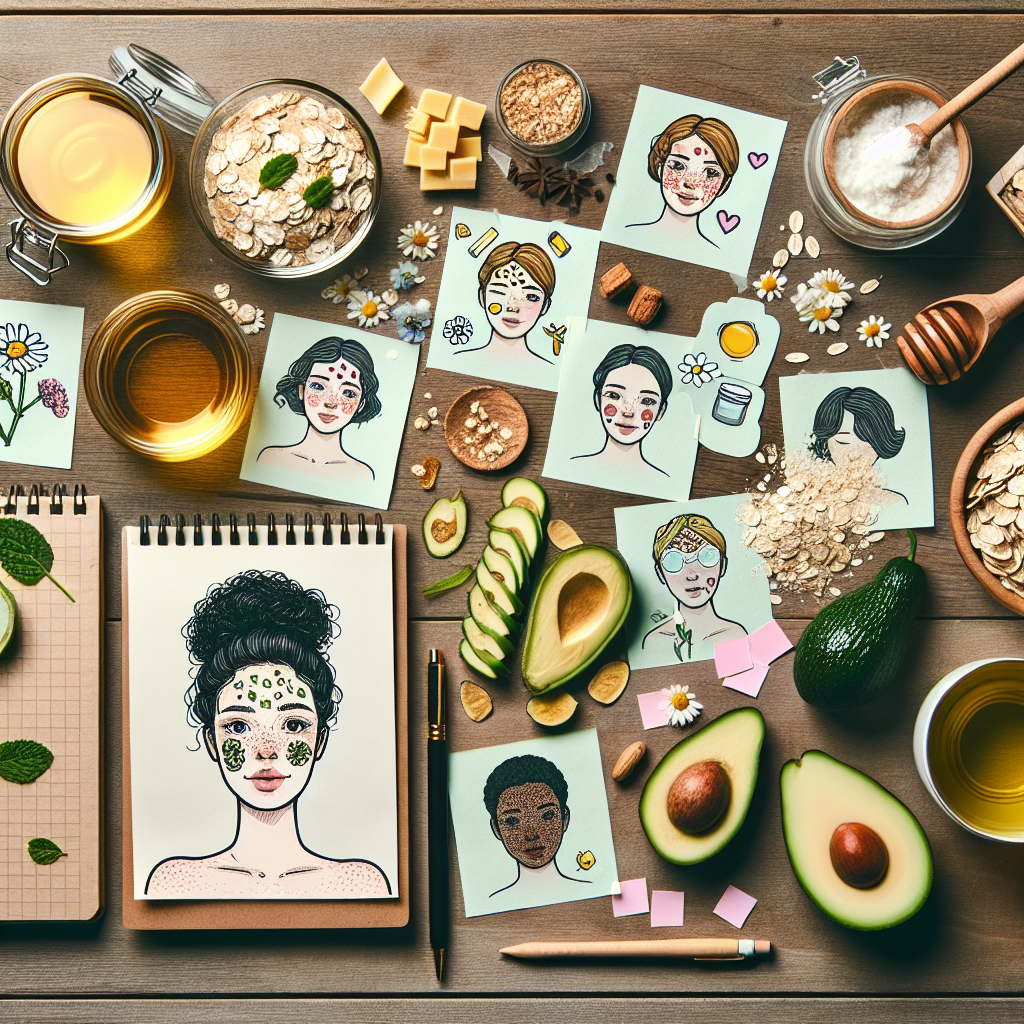DIY beauty products can be a fun and cost-effective way to take care of your skin. However, for those with allergies or sensitive skin, creating homemade beauty items requires careful consideration. This article will provide you with expert tips to safely navigate the world of DIY beauty.
Understanding Allergies and Sensitive Skin
Before diving into DIY beauty, it’s important to understand what sensitive skin and allergies entail. Sensitive skin can react negatively to common ingredients, while allergies may lead to reactions even with minimal exposure. Look for signs like redness, itching, or swelling when trying new products.
Tip 1: Patch Test Before Use
Always conduct a patch test with any new ingredient. Apply a small amount of the product to an inconspicuous area of skin, such as the inside of your wrist or behind your ear. Wait for 24 hours to see if a reaction occurs. If irritation develops, it’s best to avoid using that ingredient in your DIY formulations.
Tip 2: Choose Hypoallergenic Ingredients
Opt for hypoallergenic ingredients known for being gentle on the skin. Look for oils such as jojoba, sweet almond, or coconut oil. Natural ingredients like aloe vera and shea butter are also less likely to cause irritation. Always research each ingredient to ensure it aligns with your skin’s needs.
Tip 3: Keep it Simple
When starting with DIY beauty, simplicity is key. Choose recipes with fewer ingredients to minimize the risk of irritation. A basic sugar scrub with just sugar and coconut oil can be a gentle yet effective option.
Tip 4: Avoid Common Allergens
Certain ingredients are notorious for causing allergic reactions. Common allergens include fragrances, dyes, and certain preservatives. Stick with organic, unscented products whenever possible, and always read ingredient labels carefully.
Tip 5: Go for Personalization
One of the advantages of DIY beauty is that you can tailor products to your unique skin needs. If you know that a specific ingredient causes problems, simply leave it out or substitute it with something else that works better for your skin type.
Tip 6: Stay Clean and Sanitary
To avoid contamination, always work in a clean environment. Sterilize your tools and containers before use, and store your DIY products in a cool, dark place. Label your creations with their ingredients and the date they were made to ensure their safety and efficacy.
Tip 7: Consult a Dermatologist
If you have severe allergies or very sensitive skin, it might be wise to consult a dermatologist before embarking on your DIY beauty journey. They can provide tailored advice and help you identify which ingredients are safe for you to use.
Conclusion
DIY beauty can be enjoyable and beneficial for your skin with the right precautions in place. By understanding your skin’s needs, conducting patch tests, and using hypoallergenic ingredients, you can safely create beauty products that cater to your sensitive skin. Embrace the DIY approach while prioritizing your skin’s health!

